We all want what we want when we want it!
This makes being on a long-term therapeutic diet really, really hard!
As a patient, I have looked longingly at my calendar for the day I can begin reintroducing ‘challenging’ foods.
If I have a flare-up, I go on the Four Phases like I am on a mission or a Rite of Passage. I tend to go all-in!
I have tried several approaches, researched the available protocols, and thought deeply about what makes the most sense for the most people possible. Your clinician may have more specific recommendations based on your current situation.
This is not medical advice, this is just my experience as a patient, clinician, and professor. If you have a complex condition, find a good health detective.
I will discuss some of the biochemical reasons that I recommend this elimination reintroduction process throughout this article. These distinctions will help you discover and refine your personal Epigenetic Auto-Immune Protocol.
So far, this is what makes the most sense…,
This list and order are going to differ from the present ‘standard’ reintroduction protocols in some ways. I will explain those differences as we go through the reintroduction process.
The MOST IMPORTANT aspects of this process are honesty and patience.
By honesty, I mean a committed relationship with avoiding what triggers your immune system in any way. This process can tell you and your clinician a great deal about what your immune system is really doing, and on an epigenetic level – why. If you reintroduce food groups too fast, you will not be certain which food or antigen is triggering your symptom.
Being a medical patient can take a lot of patience. Patience is the opposite of anxiety, catastrophic thinking, insomnia, cravings, stress, and feeling adversarial or overwhelmed.
Find tools – that work for you – to directly work with impatience.
Patience will get you through the Three Rules and Seven Steps of food Reintroduction.
Rule One – Test Each Food on a Good Day
Rule Two – Each Food Takes Ten Days to Two Weeks
Rule Three – Keep a Symptoms and Successes Journal
Rule One – Test Each Food on a Good Day
I only recommend that my patients who are a few weeks into Phase Two of the Ancestral Autoimmune Protocol, and are feeling significantly better, begin the reintroduction process. Commit at least six weeks of only low antigen and nutrient-dense foods.
Before you begin, keep in mind that 75% of your immune system functions at the surface of your mucous membrane, from your lungs and mouth and all the way through your gut, especially your small intestine.
Your immune system behaves the same way that you feel. If you are impatient and frustrated that is how your immune system will respond to each thing you try. Give yourself time.
Learn to listen to your body and regulate your stress response.
You will get the best results if you start reintroducing foods in the morning. Make or purchase a normal serving of what you want to try.
-
-
- Chew on a spoonful for about a minute and spit it out. wait 30 minutes – Feel anything?
- Swallow a spoonful wait 4 hours – don’t anticipate – wait!
- Finish 1/4 serving – Keep paying attention to any common symptoms. This is why you have a journal!
- The next day finish the remaining 3/4 serving
- Enjoy another full serving the next day
- 2 servings the final day
-
Then wait six to ten days. Listen to your body. Spend a few minutes with your symptoms and successes journal.
The reintroduction process goes in natural stages. The order can be important if your condition is serious or erratic. Of course, each of us probably has a favourite and wants to start there. The order I am presenting here is the order I encourage my most complex patients to follow. Again, this is not a medical recommendation. If you are going to go through this process, you will be thankful for any distinction that will make the process more effective and predictable.
This process may become a long-term ally throughout your life. Most of us have occasional flare-ups.
I recommend following the following process:
-
- Fermented Food
- Coffee and Chocolate
- Peas and Greens
- Nightshades
- Eggs
You may have found another order is that better for you or your clinician may have a more specific protocol. I will explain my reasoning throughout this article. Talk to your clinician about the reintroduction process.
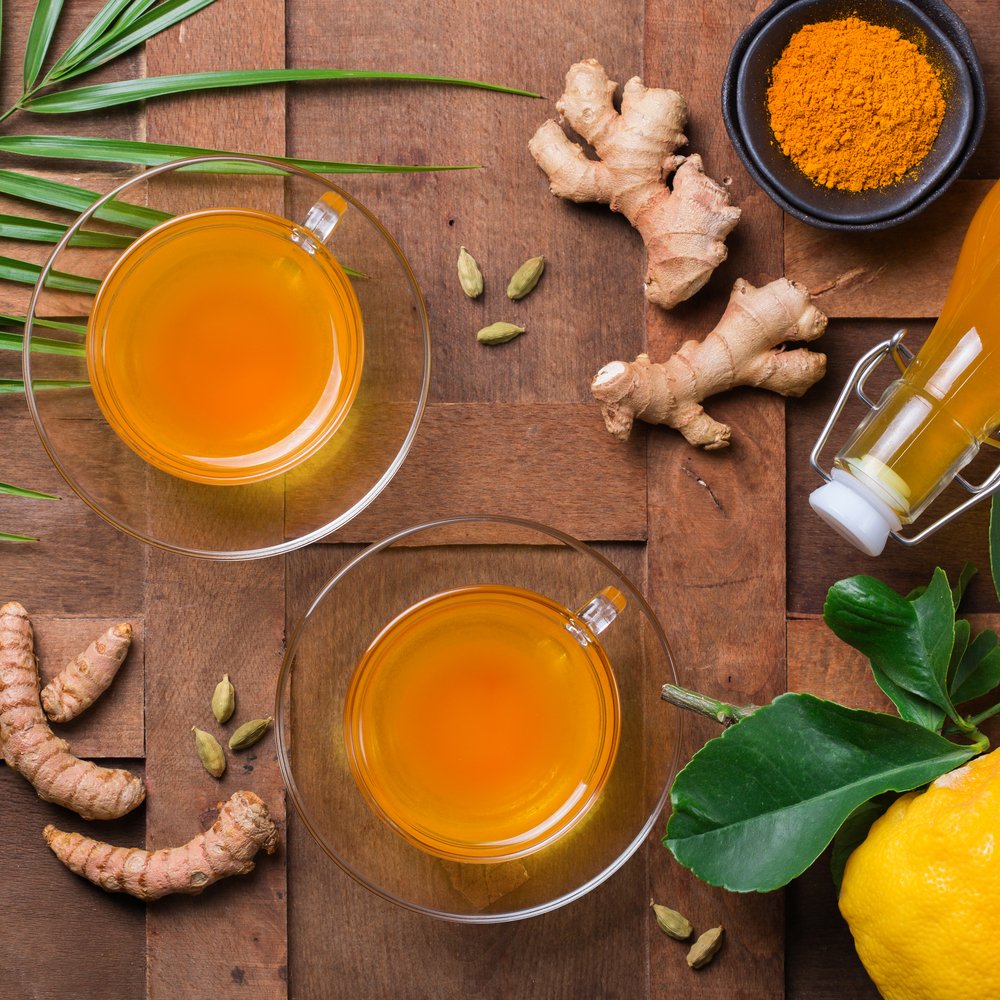



Rule Two – Each Food Group Takes Ten Days to Two Weeks
When you decide to reintroduce a certain food or food group (see Rule One), give yourself a couple of weeks. Things will speed up gradually, but for the next few months you will need to be patient and choose the foods that you are going to get the most from (and enjoy) the most, while being mindful of each foods potential triggers and how they relate to your metabolism and immune system.
This is very important if you are in Stage Four or Stage Five of the Autoimmune Spectrum.
If you are very aware of your body and know your initial symptoms of an immune reaction, and if you are confident that you can stabilize a Stage Three Flare-Up and turn things around, then you can test a new food challenge per week.
Rule Three – Keep a Symptoms and Successes Journal
I am the last person to ask you to obsess over your symptoms, sensations, or any fear that tells you that your body that it is more likely to get sicker than it is to get better.
This process is meant to go along with a collaborative journey between you, your clinician, and any information that gives you both the confidence to commit to a long-term therapeutic protocol.
If you can, get some baseline testing for Food Antigens, Inflammation, chronic infections, Metabolic Syndrome (60% of adults), and any important Autoantibodies or other relevant markers.
When you commit to the reintroduction process and have decided on an order (ask your clinician), the way to ensure you get the best results without turning your immune system back into a monster is to create a Symptoms and Successes Journal.
You know your body better than anyone else ever will. Pay attention to any hint of any of your most familiar symptoms. Keep an eye on the basics as well.
Here is a list of things to pay attention to:
- Sleep
- Energy Levels
- Ease and Strength of Breath
- Sinus Congestion.
- Itchy, Watery Eyes
- Ease of Swallowing
- Rashes and Itching
- Poor Circulation
- Snoring and Sleep Apnea
- Sudden Anxiety or Depression
- Brain Fog
- Anything your clinician should know about
Any negative change in your health and/or any strange allergy-like symptoms are like the dashboard lights of a car. They mean that you need to stop what you are doing and remove the last food you reintroduced. I also encourage reducing all other recently reintroduced foods or other possible triggers and committing a few days or weeks to the Phase One – Anti-inflammatory Diet.
Self Quantification Apps and Devices
Many people now have access to wearable technology that can gather and quantify their Metabolic Rate, Heart Rate Variability, sleep and other factors to recommend more optimized lifestyle choices.
Regular Treatments and Supplementations
You may find some regular therapeutic support like Massage Therapy or Acupuncture to keep your vital energies focused on circulation and relaxation. Sometimes things get ‘stirred up’ and most of us would want support while we go through this kind of process.

Step One – Choose a challenge
We all want what we want when we want it!
If you already have food or beverage in mind to start with, such as:
-
-
- Coffee
- Potatoes
- Eggs
- Fermented Foods
-
It is good to be honest with yourself about what will help you feel that you are getting your needs met, balanced with what may poke your immune system in the eye. Be organized and consistent and you may have to only do this once.
Fermented Foods
In my experience, the best place to start is with fermented foods. If you are already eating them, taking probiotics, or have recently been on anti-biotics, you can move on to the next challenge and enjoy those yummy fermented foods.
Fermented foods have the capacity to trigger a ‘die-off’ reaction and are usually high in Histamine. So, they are not for everyone!
This group of foods has many potential benefits and any reactions will usually settle within four days. Keep in mind that you are testing the terrain of your microbiome, especially high up in your small intestine.
Watch for changes like bloating, gas, rashes, brain fog, and/or itching.
| 1~Ginger Bug | 2~Water/Coconut Kefir | 3~Beet Kvaas |
| 4~Kombucha | 5~Sauerkraut | 6~Kimchi |
Coffee, Chocolate, and Tea
Coffee, Tea, and Chocolate offer so many dimensions of pleasure and support to 80% of the population every day.
Caffeine causes a few gradual challenges for your metabolic adaptability, can give you a false sense of Neurotransmitter balance, and even reduce circulatory and mood symptoms for up to four hours. These changes can be clues to share with your health detective.
Coffee, Tea, and Chocolate; being shipped around the world, often have rancid oils or contain small amounts of mycotoxins or bacteria that can trigger an immune response, which can be hidden for a few hours because of the catecholamine released from the caffeine. Usually, about four hours later there is a crash and one’s urine can smell like coffee.
Have a cup of coffee and wait a few hours, take notes about how you feel and how your urine smells.
During this gradual healing process of reintroduction, you want your gut to keep feeling better and stronger every day. Caffeine and Chocolate can be addictive in many ways so always negotiate your gut health and subtle dashboard lights ahead of how often you get some free Dopamine.
| 1~Raw Cacao | 2~Cocoa | 3~Coffee and Tea |


Fresh Peas and Green Beans
Fresh Peas and Green Beans have less of the antinutrients in mature dried peas or beans.
Once a pea or bean matures and dries out, the legume goes into a self-protecting hibernation and is naturally more chemically hostile to predation from insects or assimilation by mammals. Given the very small amounts of these triggers in fresh peas and beans that have not been dried, they are a fairly safe challenge that can bring more braised bright green into your diet.
I like to boil them and then cook them with Lemon Juice, Garlic, Avacado Oil, Salt and Pepper.

Nightshade Plants
Nightshade Plants – can cause an inflammatory response and a relatively ‘mechanical’ irritation and damage to your gastric mucous membrane in about 20% of the Autoimmune community. The effects of this inflammatory reaction can cause latent and secondary symptoms, especially of pain and fatigue. Some time is is a good idea to just give every part of your Gut and Immune System a break for a few weeks.
Because of the narrow range of ‘inflammation and immune activation with Nightshades, the symptoms will usually go away after four days of stopping all triggers. and often tangible in a few days. Like poking a bear, this can be a reality check with how down-regulated and most likely lower in inflammatory mediators and aggressive biochemical stances. Not a good idea too often for anyone. Stage three and stable three times per week. If in stage four or five not worth the potential harm.
I have a personal and purposeful (and Yummy!) nightshade weekend every month – unless I am in a flare-up. If I do not have a significant reaction, maintain my course. If I feel a lot of inner activation, then I usually get more careful for a while.
Remember Rule One, Test foods on a Good Day – assess how good the day is going for the front lines of your immune system. If you have a reaction, no nightshades for four months.
| Potatoes | Eggplants | Cayenne pepper | Paprika spice |
| Tomatoes | Goji berries | Curry Powder | Garam Masala spice |
| bell peppers | Chili Pepper Flakes | Chinese Five-Spice Powder |
Farm Fresh Eggs and Ghee
Now it is time to try some Ghee. There should be a minimum of remaining Dairy proteins. Ghee is a great pre-test for Eggs and other high protein-antigen foods.
Eggs – with soft yolks.
Eggs are one of the most Nutrient-Dense foods in the world. They can be very good for most people, but trigger a reaction in 20% of my autoimmune patients.
If you make some homemade mayo, just use the egg yolks. If you feel fine before after a week, try some poached eggs. Farm fresh, preferably unwashed until this morning, local eggs. Just make sure that the yolks are soft. That is one of the best sources of choline, a substance that regulates both mood and the ability to physically and somatically relax.
For most of my patients, three weeks with no eggs and then switching to only ‘Farm Fresh’, allows them to eat eggs as often they want.
About 25% of my autoimmune patients are intolerant to eggs.
If you are drawn to eggs, you may be in need of certain nutrients. Eat the best eggs you can get and reduce other triggers for a while.
Soft Yolks!!!

Step Two – Nuts and Seeds
Nuts and seeds, if soaked or predigested in some other way, are a great addition to anyone’s diet. They can also be a little irritating and add up to a strong reaction if you have nuts and seeds more than four days in a row.
The best part of reintroducing nuts and seeds is all of the cooking oils and kitchen spices. I recommend my patients start with oils for a week before adding seed spices. Gradually increase the frequency and intensity of flavour to find a natural balance. Always listen to your gut about which oils and spices are the least irritating to your Gut and immune system.
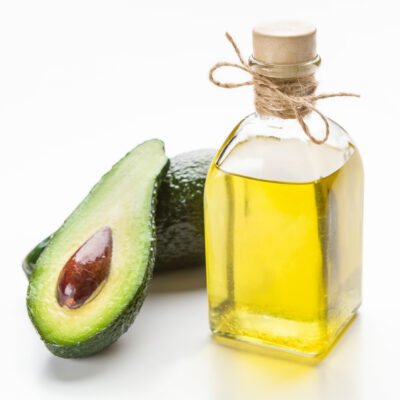
Seed and Nut Oils
Pick 3 or 4 oils from below, and try them randomly over a week at every meal.
If your Gut feels ok and there are no signs of an increase in inflammation, things are going well.
These oils, in their natural (not overprocessed/heated) state, are rarely significant triggers of an inflammatory response.
| Avocado | Olive Oil | Sustainable Palm Oil |
| Pumpkin Seed Butter | Cocoa Butter | Walnut Oil |
| Sesame Oil | Sunflower Oil | Hazlenut Oil |
| Hemp Oil | Toasted Sesame Oil | Grapeseed Oil |
Seed Spices
This is the point when most of us celebrate the return of FLAVOUR!
Pick a few favourites and experiment with intensity. As always, listen to your Gut and your dashboard lights for signs of any immune over-activation.
| Allspice | Black Pepper | Coriander Seeds | Nutmeg |
| Anise | Caraway | Fennel Seeds | Sesame |
| Cumin | Cardamom | Curry – Homemade | Star Anise |
| Mustard | Celery Seed | Fenugreek | Vanilla |
| Cloves |
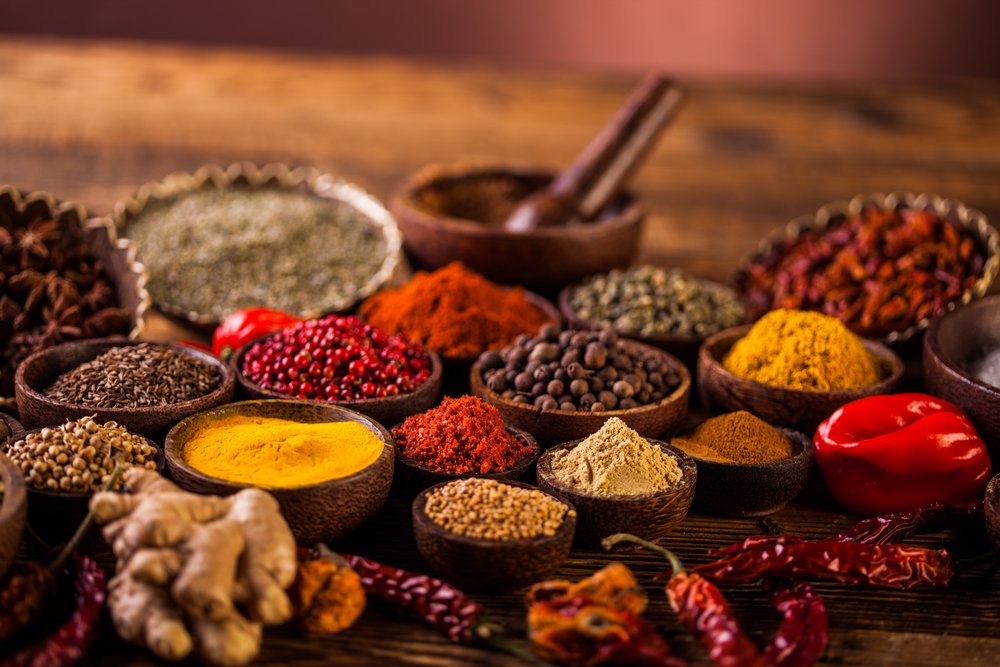
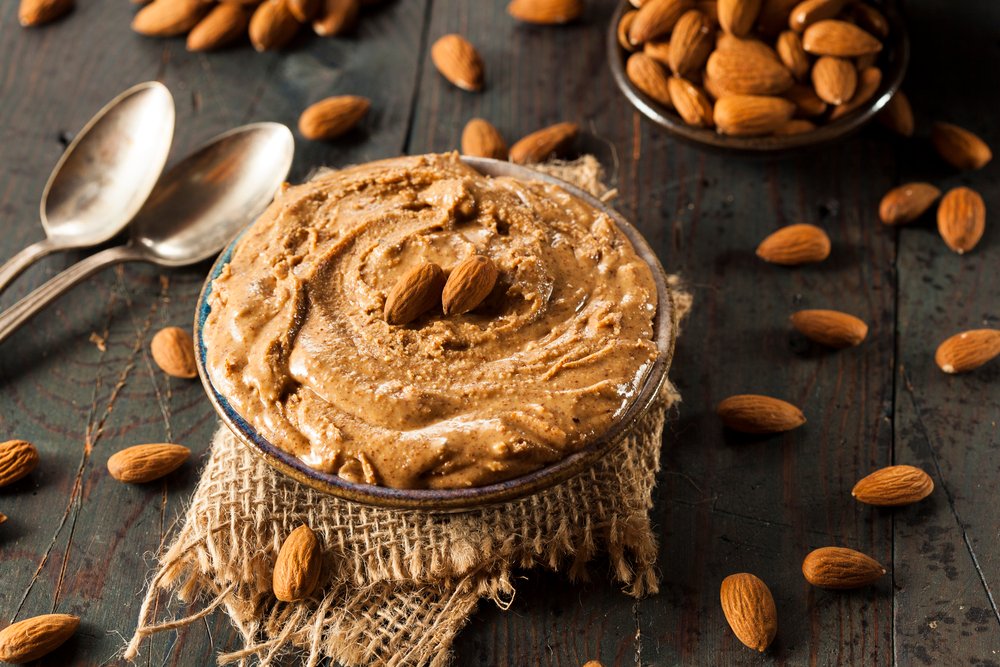
Seed and Nut Butters
Start with your favourite.
Tip: When you’re ready to try toasted seeds or nuts, it’s better to buy them raw and toast them at home, rather than buy toasted ones from the store. Store-bought varieties are often toasted in inflammatory or otherwise disruptive seed oils.
Seed and Nut butters are not always the easiest to digest, especially if you start with a whole jar of almond butter. It is best to start with a nut butter-based sauce, gravy, or cheese replacement. Nut butters are often the first reintroduction that causes some dashboard lights because they can be so satisfying.
| Pumpkin | Pistachio | Walnut | Sunflower |
| Cashew | Hazlenut | Pecan | Tahini (Sesame) |
| Sesame | Macadamia | Almond | Peanut* |
Soaking Seeds and Nuts
Ideally, nuts and seeds should be soaked in a ceramic or glass container.
-
-
- Start with 1 cup of nuts and/or seeds and add 3 cups of warm water.
- Add 1/4 cup of acid (vinegar or lemon juice) and a pinch of salt.
- Soak overnight
- Dry out at room temperature.
-
Nuts and seeds can be eaten raw, turned into butter, or dried and flavoured.
Basic Dried Nuts and Seeds
-
-
- Mix your flavourings in a medium bowl. Add your soaked nuts, stir and set aside for 30 minutes
- Spread out on a baking sheet and bake at 115 – 120 degrees F ( 45 – 50 C) until they are crunchy, but not dry.
- If you have a dehydrator, then dry them at 112 F, 44 C.
-
The lower the temperature, the less damage occurs to fats and oils in these Nutrient-Dense foods. Soaked and dried nuts should be kept in the fridge where they will be good for a few weeks.
Step Three – Pseudograins
Puseudograins are usually more nutrient-dense and lower in antinutrients than the more popular grains. I recommend starting with small amounts of the flours as gravies, then as flour and egg wraps, and finally as the whole pseudograin – as something thing like a Jambalaya – cooked with a lot of fat.
| Tapioca or Casava Starch | Wild Rice | Amaranth |
| Arrowroot Powder | Quinoa | Teff Flour |
| Buckwheat Groats and Flour | Millet |

Step Four – Alcohol
If you feel that the stress reduction benefits of alcohol outweigh its inherent inflammatory and toxic nature, then limit yourself 1-2 servings, 1 – 3 times per week – maximum. Also, choose from the lowest antigen alcohol products.
| Mead | Organic Red Wine | Botanical Gin |
| Real Cider, not Beer | Organic Tequila | Potato Vodka |
Soaking Grains and Beans
Ideally, grains and beans should be soaked in a ceramic or glass container.
- Start with one cup of grains and/or beans and add 3 cups of hot water.
- Add 1/4 cup of acid (vinegar or lemon juice) and a pinch of salt.
- Add 1 Tbsp of seaweed/kelp flakes.
- Soak them for 24 hours and switch out the water mixture once or twice during that time.
Adding seaweed to grains and beans also helps them become more digestible. If beans tend to give you a lot of gas, then soak them for 36 hours and replace the water/acid mixture more often.
Another strategy for making grains and beans more digestible is to cook them in fat like Risotto and Jambalaya, Pea Soup, Dahl, and Fried Rice. For meals like this, you only need to soak the grains in an equal mixture of vinegar and water for half an hour. This ensures that the starches soak up more fat.
Step Five – Legumes
After testing Puedograins and Alcohol, you are probably getting hungry for a Burrito.
If you have had any issues with beans in the past, then begin with some Chick Pea Miso and then some slow-cooked and high fat Refried Beans. There is nothing as good as a warming and delicious Hunting Lodge Chili.
| Lentils | Split peas | Chickpeas | Pinto Beans |
| Adzuki Beans | Split mung beans | mung beans | White Beans |
| Chickpea Miso | Refried Beans | black beans | Tofu/Tempeh/Nato |
Step Six – White Rice and Oats
Of the commonly eaten Grain foods, White Rice and Oats are the lowest in Lectins and Prololamins that inflame and irritate your precious Gut lining. Sometimes, these foods are the only things that calm an over-reactive and tired Digestive System during a Flare-Up.
Now that you can have Stir Frys, Congee, Fried Rice for Supper, and Oatmeal for Breakfast a couple of times a week, what else could you need?
| White Rice | Bomba Rice | Rolled Oats | Basmati Brown |
| Jasmine White Rice | White Rice noodles | Quick Oats | Red Rice |
| Basmati White Rice | White Rice Flour | Steel-Cut Oats | |
| Arborio White Rice |
Glutinous Rice Flour |
Oat Flour |
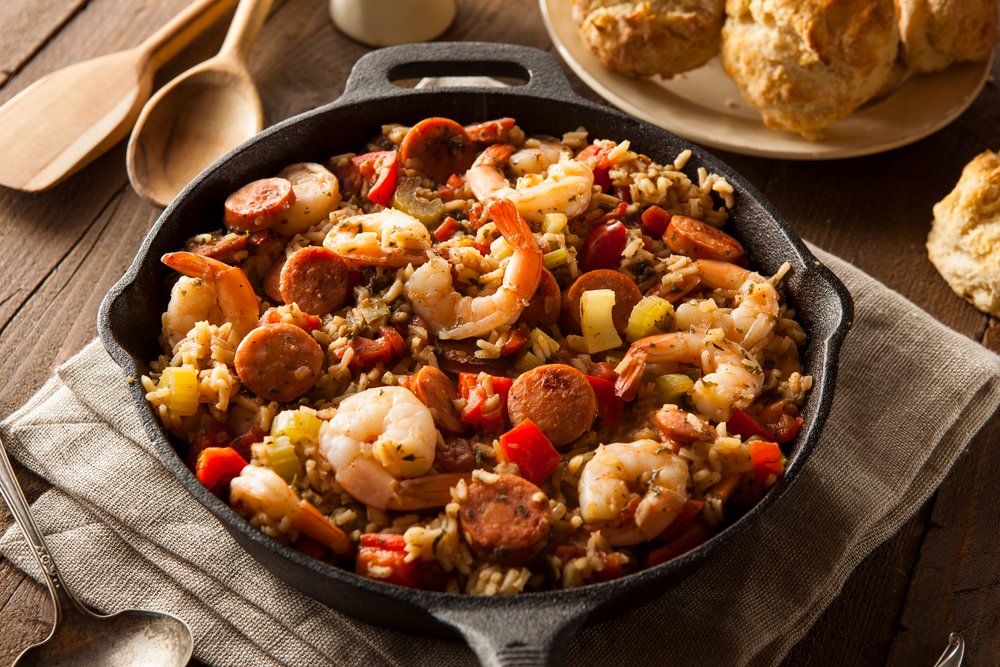
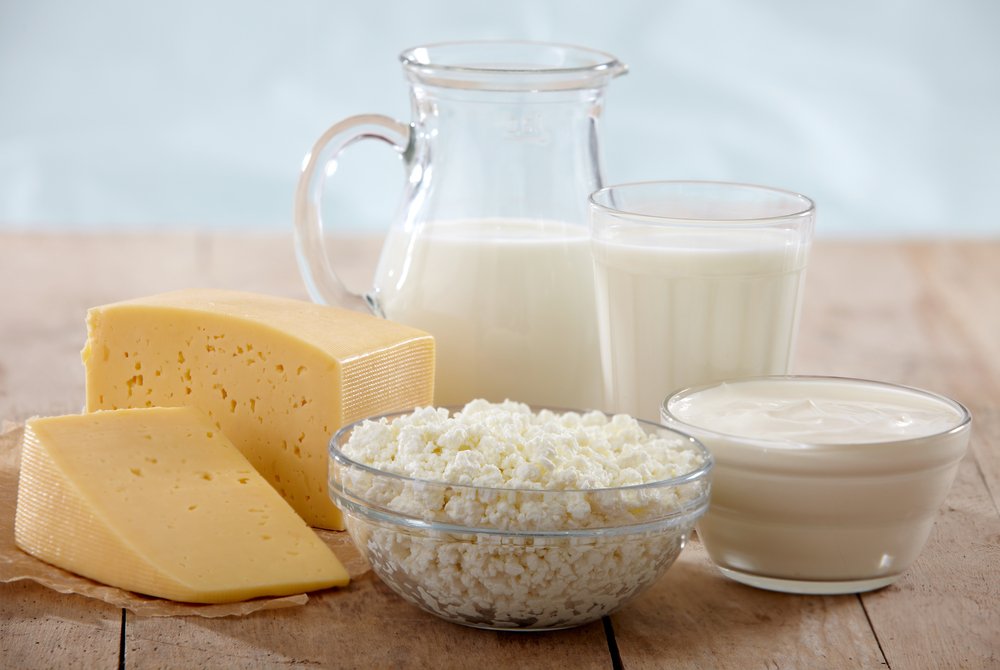
Step Seven – Dairy
Cow Dairy is made of three components: butterfat, lactose and casein. Generally, people don’t have a problem with butterfat, which is why Ghee has been OK since you reintroduced eggs.
Now that you are ready to eat like a Healthy Homesteader, have some regular grains in small amounts, along with a balance of fermented foods and any other potential trigger foods.
I recommend my patients to always reintroduce Goat Dairy before Cow Dairy, because Goat is much easier to digest and is less likely to trigger an immune reaction.
The first Cow product to try is Butter. Cook with it and/or mix it with some boiled roots or pre-cooked beans.
If you have an intolerance reaction to Cow dairy, it will be either to the Lactose ( a carbohydrate) or to Casein (a protein).
Raw dairy is recommended as long as you can find a trusted source. It contains living enzymes that make it easier to digest, as well as having a higher nutrient profile.
Always choose Unpasteurized, Organic, and Full-Fat Dairy Products
| Ghee with Coconut Oil | Goat Kefir | Goat Feta | Sour Cream |
| Ghee | Goat Yogurt | Cow Feta |
Whipped Cream |
| Butter | Goat Milk | Cow Yogurt | All Cow Cheese |
The Four Phases of the Ancestral Autoimmune Protocol
If you have not read the articles on the other Phases,
they may have some important answers, perspective, and guidance.
We respect your privacy.
You will only receive your FREE Ebook and our newsletter.
YES!
Please send me a FREE copy of the Ancestral Autoimmune Protocol Ebook!
Begin your healing journey with this 65-page guide to understanding Autoimmune Disease and the Ancestral approach to restoring healthy immune function from the inside out.
Sign up for a regular newsletter offering you the information and inspiration that has helped thousands of people heal their lives!
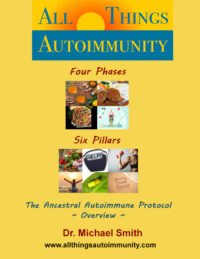


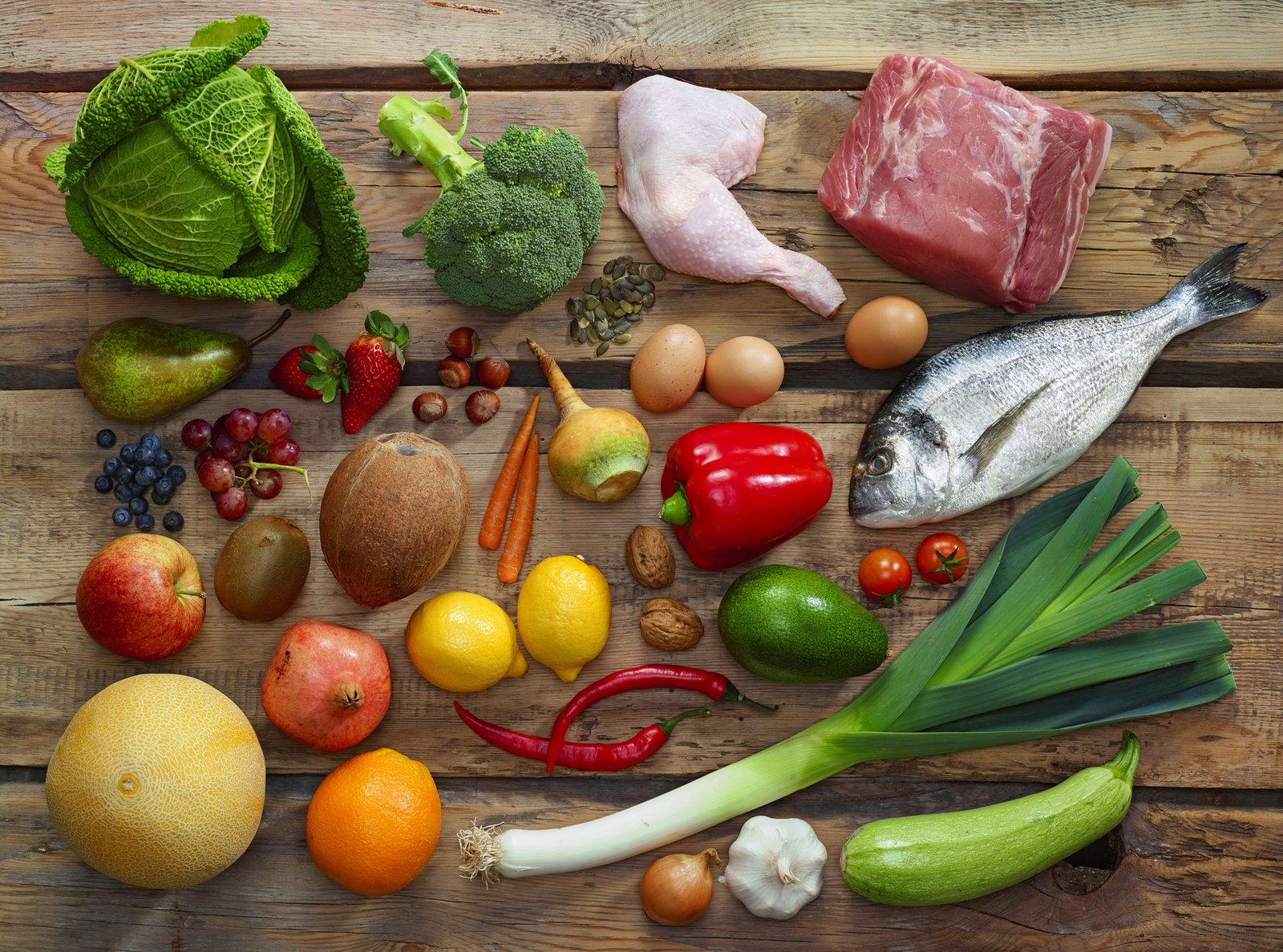




Leave A Comment